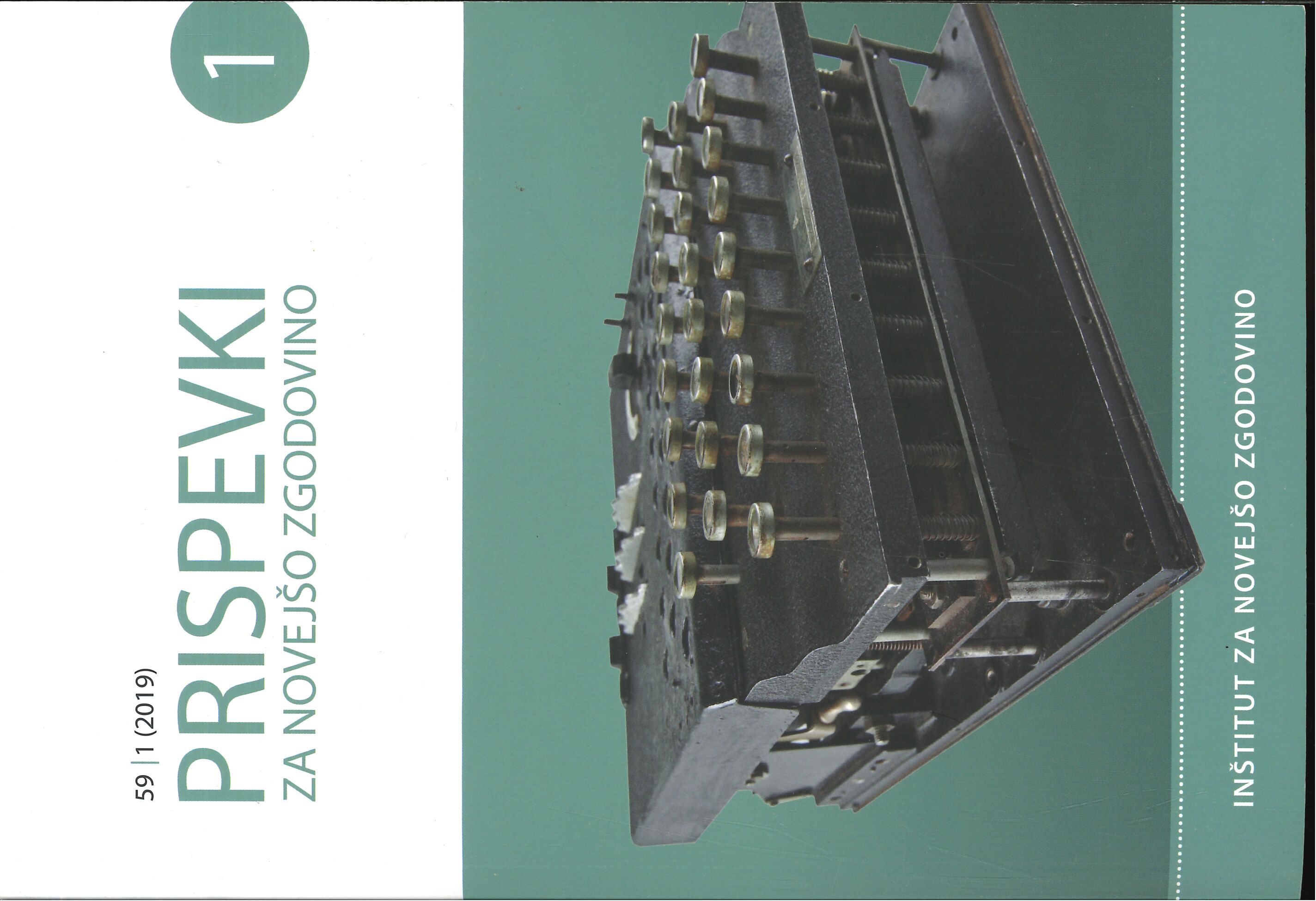Slovensko korporativno sporočanje na družbenem omrežju Twitter
Korpusna analiza
DOI:
https://doi.org/10.51663/pnz.59.1.03Ključne besede:
korporativno komuniciranje, družbena omrežja, Twitter, korpusna analizaPovzetek
V prispevku predstavimo korpusno analizo korporativnega komuniciranja na družbenem omrežju Twitter, ki smo jo s kombinacijo besedilnih in metapodatkov izvedli na korpusu Janes-Tviti. Analizirali smo značilnosti korporativnih računov in dinamiko njihovih objav ter analizirali rabo novomedijskih elementov in uporabljenega jezika v korporativnih objavah. Na koncu smo proučili še ključne besede v korporativnih objavah. Izvedene analize so pokazale, da v primerjavi z zasebnimi računi v korporativnih tvitih izrazito prevladujejo standardne jezikovne prvine formalnega sporočanja, sicer redkejše neformalne in nestandardne izbire pa so uporabljene premišljeno glede na naslovnika sporočila in namen sporočanja. Prispevek dragocen tudi zato, ker demonstrira potencial korpusnih pristopov v komunikologiji, medijskih študijah in drugih sorodnih družboslovnih disciplinah, ki proučujejo jezikovno rabo.
Objavljeno
Številka
Rubrika
Licenca
Avtorji prispevkov, objavljenih v tej reviji, soglašajo z naslednjimi pogoji glede avtorskih pravic:
- Avtorji ohranijo avtorske pravice, reviji pa odobrijo pravico do prve objave. Delo se hkrati zaščiti z licenco za prosto uporabo avtorskih del (Creative Commons Attribution License), ki drugim osebam omogoča deljenje dela ob priznanju avtorstva in prve objave v tej reviji.
- Avtorji lahko sklenejo ločene dodatne pogodbene dogovore za neizključno distribucijo različice dela, objavljene v reviji, (npr. oddaja v institucionalni repozitorij ali objava v knjigi) z navedbo, da je bilo delo prvič objavljeno v tej reviji.
- Pred postopkom pošiljanja in med njim lahko avtorji delo objavijo v spletu (npr. v institucionalnih repozitorijih ali na svoji spletnih strani), k čemer jih tudi spodbujamo, saj lahko to prispeva k plodnim izmenjavam ter hitrejšemu in obsežnejšemu navajanju objavljenega dela (glej The Effect of Open Access).


